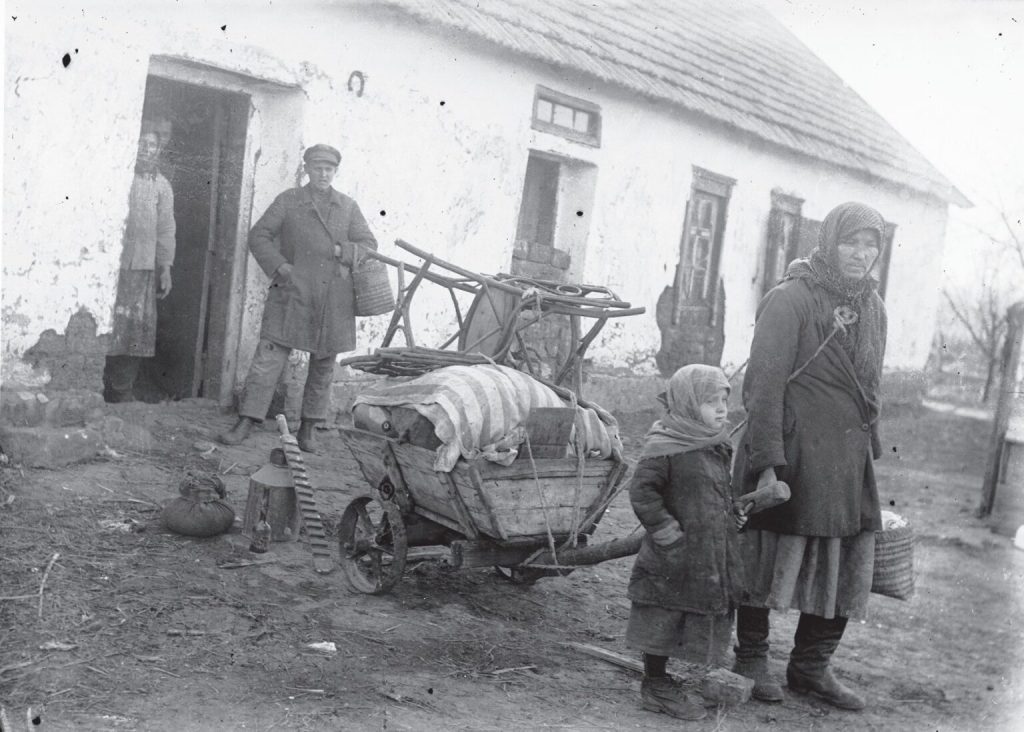"Personal Increasing Returns" is a way to describe goods for which consumers can purchase access to a lower price. An important instance is human capital, where consumers reduce the leisure-opportunity cost of consumption by investing in skills. Another is consumer financial management, which Sala-i-Martin and I studied in this JPE paper about purchasing access to cheaper future consumption. The demand for illegal drugs can also be understood in this way.
It's one model with various variable labels. A marginal cost curve sloping the "wrong" way unifies the applications. My purpose here is to compare and contrast this and other non-trivial instances of wrong-sloping supply and demand curves.
The “supply” curves shown in Figures 2 and 5 of "Personal Increasing Returns" are closely related to what price theory has traditionally described as “forward-falling supply curves.” Examples are Marshall [Book IV, Chapter XIII] and Adams and Wheeler [1952], although they focus on diminishing marginal cost at the industry level rather than the personal level.[1] Either way, sufficiently strong complementarities are required.
[click image to see side-by-side]
Although "Personal Increasing Returns" assumes constant input prices, including the relative price of human capital h, upward-sloping input supply could introduce upward-sloping elements in Figures 2 and 4. This occurs at quantities where the complementarity between h and q (e.g., human capital and labor supply) is insufficient to offset increasing input prices. Still, such supply curves are known as forward falling as long as they have a declining portion. Each quantity has a unique marginal cost, even if each marginal cost does not correspond to a unique quantity.
While Marshall’s formulation with firm-level supply that is a function of industry output may produce a forward-falling industry supply curve, the complementarity could be on the demand side instead. Becker [1991] posits that a consumer’s demand curve may be shifted out by market-level demand, particularly in markets for “social activities in which people consumer a product or service together and partly in public.” As a result, the market level demand curve slopes up in the price ranges where the complementarity is sufficiently strong. In that range, an increase dQ in the market quantity shifts the sum of individual demands even more than dQ due to the social interaction, so price must increase to choke off that additional demand (that is, limit the increase in the sum of demands to dQ). Still, each quantity on the market-level curve corresponds to a unique price, even though a single price may not correspond to a unique quantity.
The snob-good model is the opposite of Becker’s social interactions in that some of the consumers value the good more when others are not consuming it. The resulting demand curve may have a backward S shape, with only the elite consuming at the highest prices. As the price falls enough to induce the general population to consume, enough elites may leave the market to reduce total demand, thereby generating the middle part of the S. Once enough elite are gone from the market, further price reductions increase market demand.[2] Unlike Becker’s demand curve, the snob demand model can have multiple market prices corresponding to a single quantity.
The economics of “backward bending” supply curves and the demand for Giffen goods is entirely different. In those cases, the usual substitution effects on supply or demand are more than offset by income effects. For the backward-bending supply curve, the supplier’s alternative to production is consumption of a normal good; the classic example is the supply of labor. A Giffen good has income and substitution effects in opposite directions because it is an inferior good.
[1] Stigler [1949, p. 165] is reluctant to discuss much about forward-falling supply without sufficient demonstration of its importance in practice. Respecting that principle, "Personal Increasing Returns" points to education decisions, vehicle choice, drugs and alcohol pricing, and other situations where consumer action can significantly affect a price they pay. Boulding [1955] refers to “falling supply price.”
[2] See also the Veblen [1899] model, algebraic versions of which can be found in Leibenstein [1950].
Adams, Robert W. and Wheeler, John T. (1952). "External Economies and the Falling Supply Curve." The Review of Economic Studies 20(1): 24-39.
Becker, Gary S. 1991. "A Note on Restaurant Pricing and Other Examples of Social Influences on Price." Journal of Political Economy 99(5): 1109-16.
Boulding, Kenneth E. 1955. Economic Analysis. New York: Harper & Row.
Leibenstein, H. 1950. "Bandwagon, Snob, and Veblen Effects in the Theory of Consumers' Demand." The Quarterly Journal of Economics 64(2): 183–207.
Marshall, Alfred. 1890. Principles of Economics. London: Macmillan
Stigler, George J. 1949. The Theory of Price. Macmillan.
Veblen, Thorstein. 1899. The Theory of the Leisure Class. New York, NY: Macmillan.







